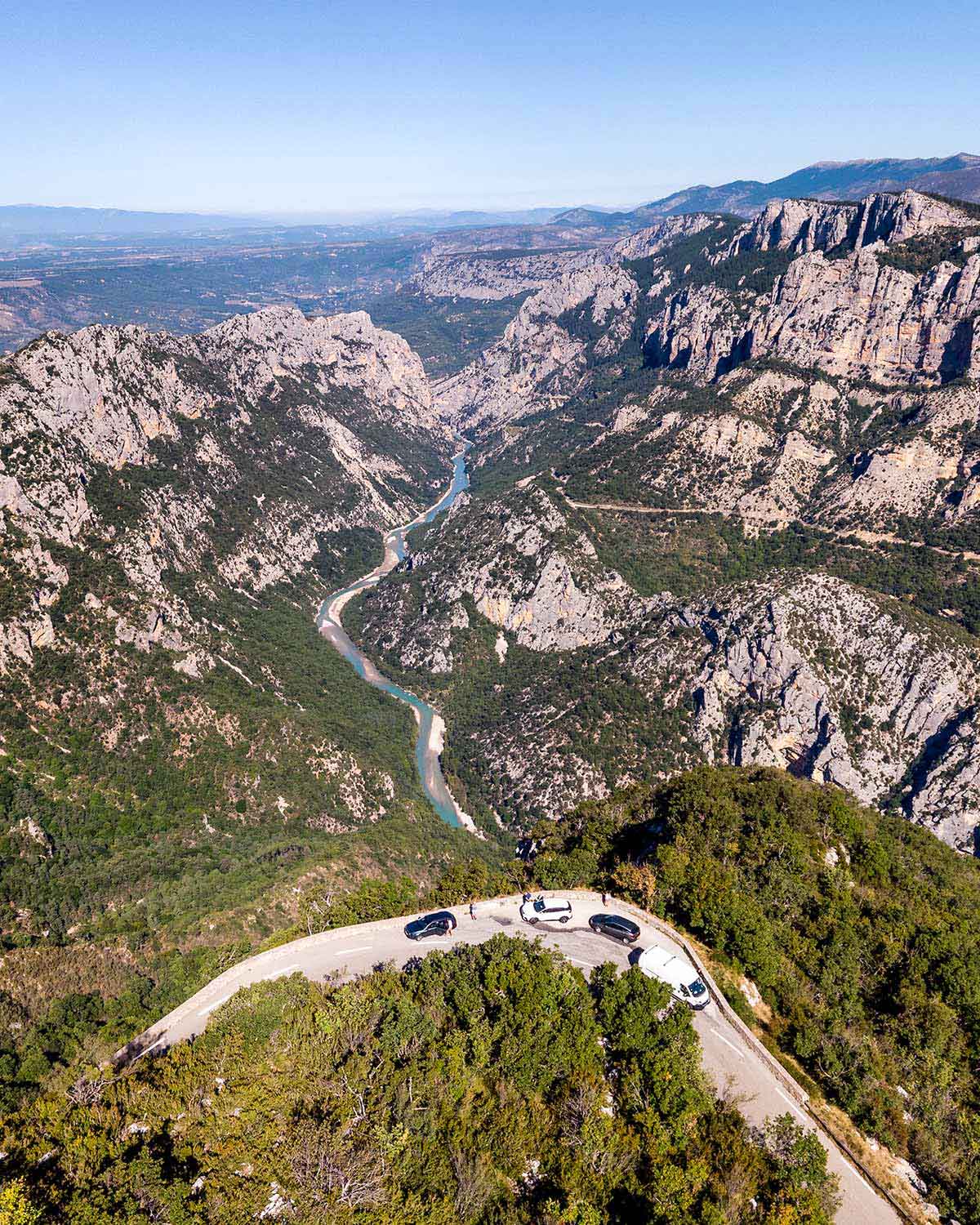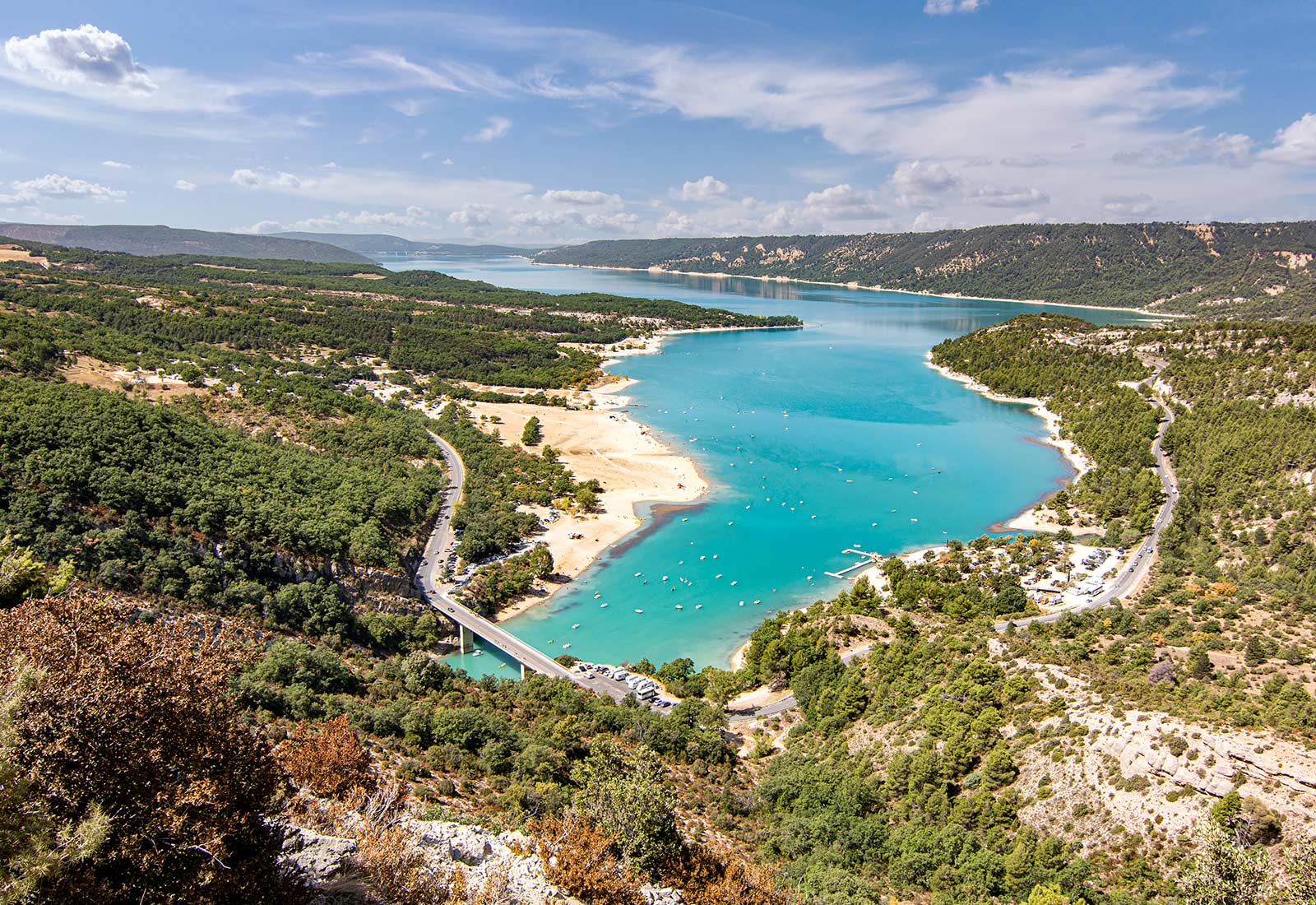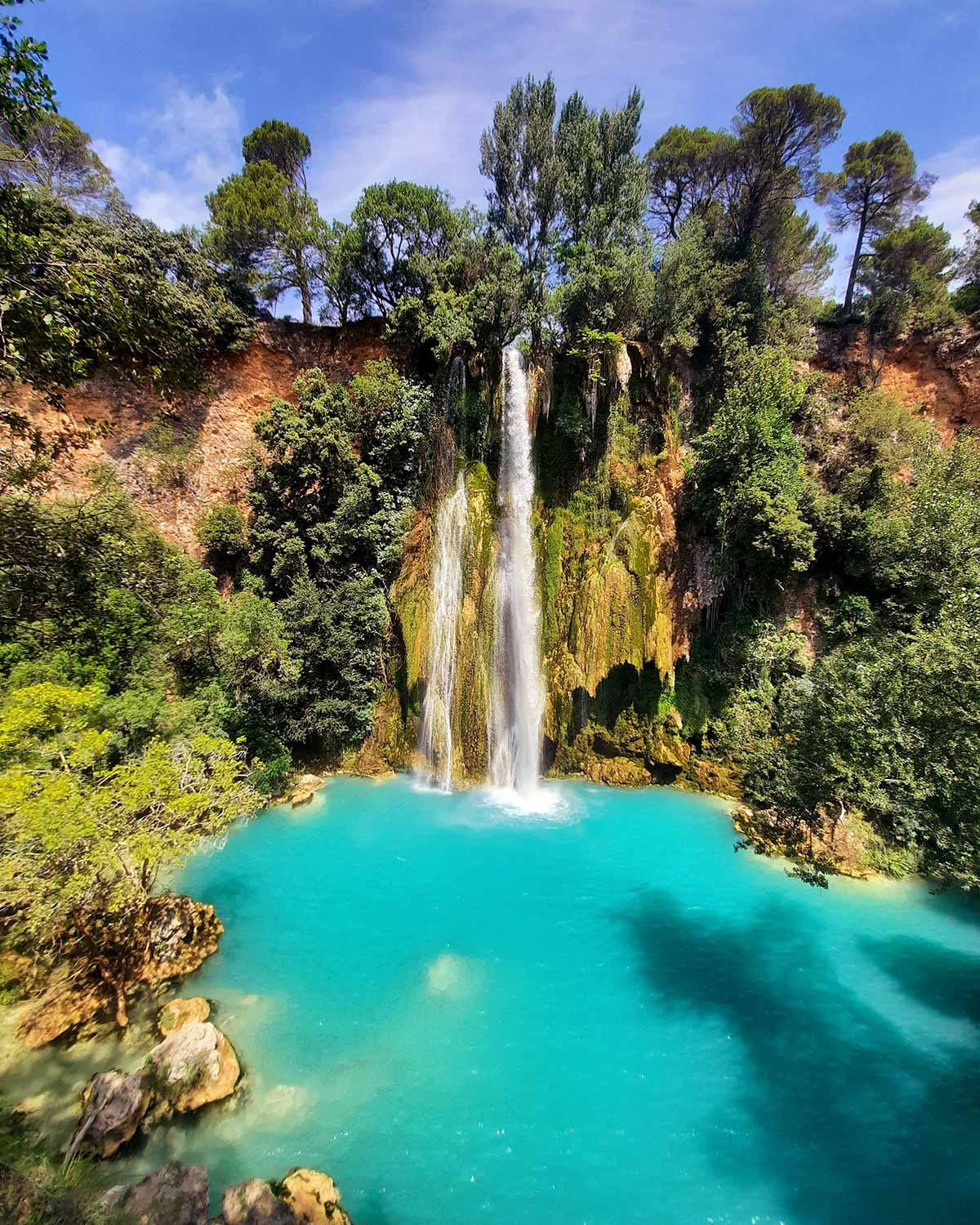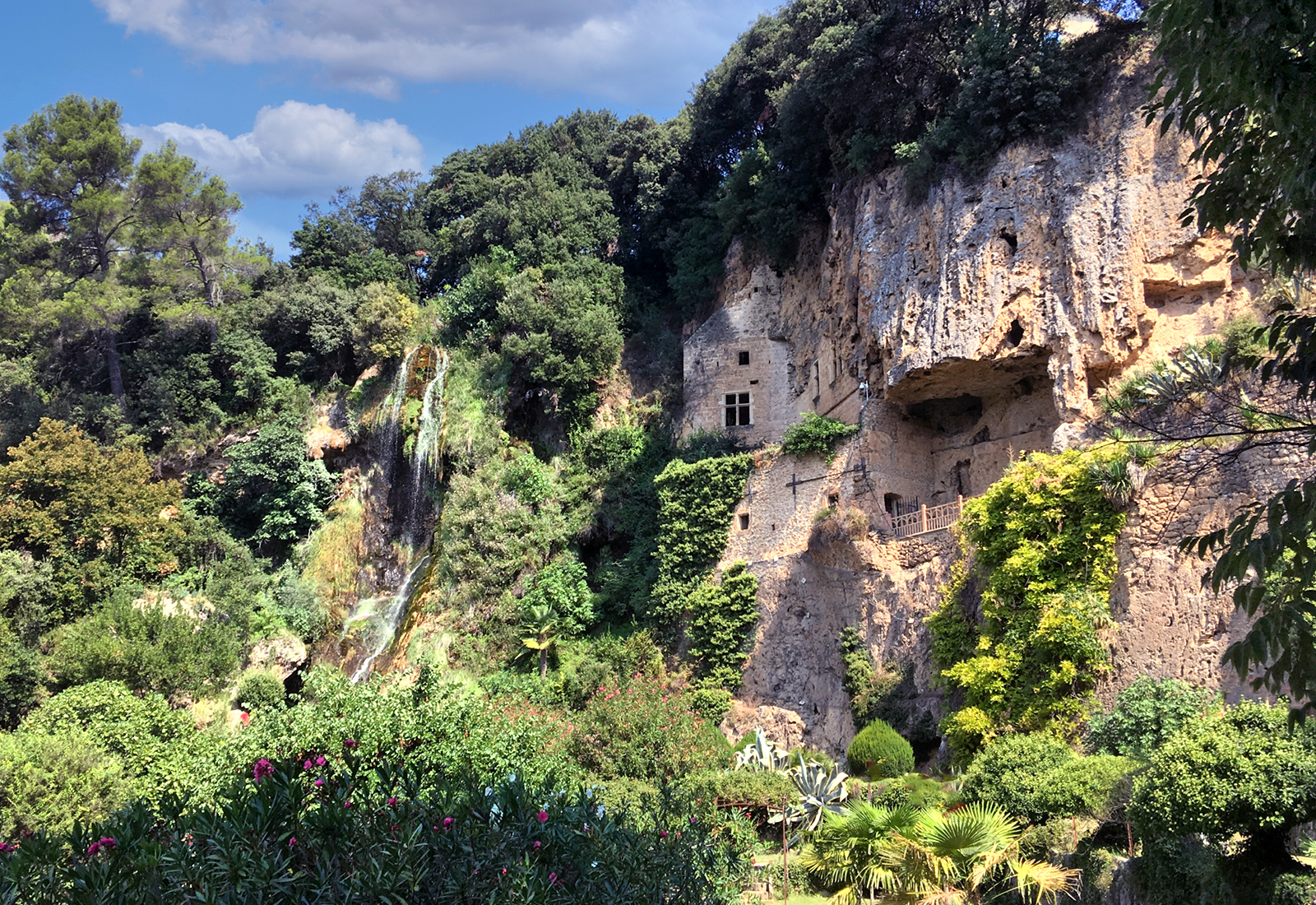
Plateau de Valensole
Erected at 590 m altitude, the village of Valensole has given its name to the whole plateau.
Nicknamed “the region’s granary”, the 800 km2 plateau is mainly dedicated to the cultivation of lavender and grain. It changes in look with the seasons; the snowy peaks and the blooming almond trees of March are replaced in July with the changing purple of lavender and the golden wheat. In November, the ochre of the furrowed land contrasts with the pure blue winter skies.
Lavender
Lavender, just like its aromatic cousins savory, thyme and rosemary, belongs to the mint family (labiatae). They are a bee favourite (melliferous plants) as the delicious honey they produce demonstrates. It comes in different varieties such as Lavandula angustifolia (true lavender) providing better quality essential oil and Lavandula intermedia, or lavandin, the most commonly grown for its productivity.
Uses of Lavender
avender is used in the manufacture of soap, bees turn it into honey; it is also distilled for its scent and its therapeutic properties.
More information : visit the website of valensole.fr
Tip : Take your camera and visit the lavender fields to take the most beautiful pictures there!
Sillans-la-Cascade
It’s summer, it’s hot, and you want something other than the beach? Take a trip to the village of Sillans-la-Cascade! Put on your sneakers, take some water, and let’s go!
A Provençal nugget protected by its fortified walls and its defensive towers, Sillans-la-Cascade is home to squares, art galleries and gourmet breaks. Nestled in the heart of the forest, the superb waterfall in the colors of the lagoon adds to the magic of the place and perpetuates the image of the village.
It is by crossing Sillans-la-Cascade that you realize the perched character of this charming village. From the road that borders it, you can see, buried in the greenery, the surrounding walls, the towers and the defensive apparatus of the medieval castle.
The superb waterfall flowing below gives this village magic and freshness.
Culture and discovery
The waterfall, the castle, the Saint Laurent Chapel, the Saint-Etienne Church.
In the small village, you can park in the town hall car park, and follow the signs indicating the waterfall, via hiking trails.
At the end of the path, you can savor the turquoise waters, in the shade of the vegetation, bordered by hundred-year-old plane trees: these are the waters of the Bresque, magnified by those of the beautiful spring of the castle of Bresc and the valley of the ‘Ourk.
More information : visit the website of tourisme-dracenie.com
Sillans-la-Cascade is one of the 23 villages of the Dracenie Provence Verdon
Villecroze-les-Grottes
If you are not claustrophobic and have a taste for culture, the Grottes de Villecroze are definitely not to be missed. The caves of Villecoze are full of curiosities. There are guided tours on different days. On these tours, you’ll be led through the caves by a guide so you won’t have to walk around on your own.
History
Formed 700,000 years ago at the end of the last local ice age, the caves are the result of a slow calcification of plants and mosses by a huge waterfall, rich in limestone, which covered the whole of the current cliff .
The rock thus formed, tuff, therefore results from the fossilization of these plants.
The caves as well as a large part of the fields around the village belonged to the Benedictine monks of the Saint-Victor de Marseille abbey. They had a priory then installed near the Saint-Victor chapel (adjoining the current cemetery) and used the caves, still in their natural state, as places of refuge in the event of raids by the Saracens in the 10th century.
They then exchanged the caves with the lord of the valley Nicolas d’Albertas. In 1566, he undertook work to fortify the site and make use of its impregnable position. However, there was never a siege and no one ever lived permanently in the caves.
In 1633, they were ceded to the municipality and remain its property. They were classified in 1924 as Natural Sites and Monuments of an artistic nature because they combine two criteria: history and geology. They are part of the classified natural sites of France.







